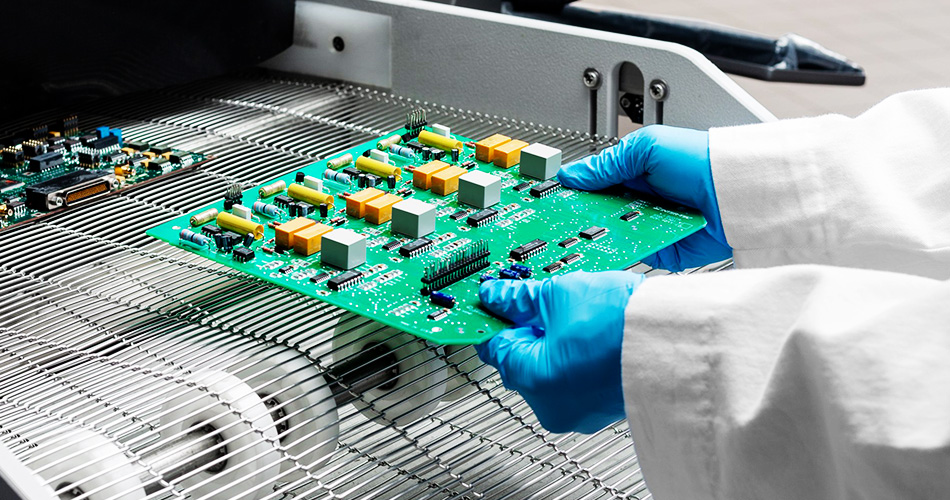- English
- Español
- Português
- русский
- Français
- 日本語
- Deutsch
- tiếng Việt
- Italiano
- Nederlands
- ภาษาไทย
- Polski
- 한국어
- Svenska
- magyar
- Malay
- বাংলা ভাষার
- Dansk
- Suomi
- हिन्दी
- Pilipino
- Türkçe
- Gaeilge
- العربية
- Indonesia
- Norsk
- تمل
- český
- ελληνικά
- український
- Javanese
- فارسی
- தமிழ்
- తెలుగు
- नेपाली
- Burmese
- български
- ລາວ
- Latine
- Қазақша
- Euskal
- Azərbaycan
- Slovenský jazyk
- Македонски
- Lietuvos
- Eesti Keel
- Română
- Slovenski
- मराठी
- Srpski језик
Rapid prototyping in PCBA processing
2024-09-18
In the modern electronic manufacturing industry, PCBA processing is a crucial link. PCBA, or Printed Circuit Board Assembly, is one of the key steps to assemble and weld components on a printed circuit board (PCB) to form an electronic product. In the PCBA processing process, rapid prototyping is a very critical technology. Let's take a deeper look.

What is rapid prototyping?
Rapid prototyping, as the name suggests, is to produce a product prototype that meets the requirements in a short time. In PCBA processing, rapid prototyping usually includes PCB design, component procurement, patching, soldering, testing and other links. Through rapid prototyping, the design and function of the product can be quickly verified, the product development cycle can be shortened, the development cost can be reduced, and the competitiveness can be improved.
Rapid prototyping process in PCBA processing
1. PCB design
In the process of rapid prototyping, PCB design is the first step. Design engineers use professional PCB design software to design and layout circuits according to the functions and requirements of the product, and determine the installation location and connection method of components.
2. Component procurement
After completing the PCB design, the required components need to be purchased. Select reliable suppliers and purchase components that meet product requirements to ensure that the quality and performance of the components meet the design requirements.
3. SMT and soldering
After the components are purchased, the SMT and soldering process begins. First, the components are mounted on the PCB board, and then the components are connected to the PCB board through soldering technology. This process requires high-precision equipment and skilled operation techniques.
4. Testing and debugging
After completing the SMT and soldering, the PCBA product is tested and debugged. Through automated testing equipment or manual testing, verify whether the electrical performance and function of the product meet the design requirements, and make necessary adjustments and optimizations.
Advantages of rapid prototyping
1. Shorten the development cycle
Rapid prototyping can greatly shorten the product development cycle, quickly verify the design plan, and increase the speed of product listing.
2. Reduce development costs
Through rapid prototyping, problems can be discovered and solved early, avoiding large-scale problems in the mass production stage, thereby reducing development costs.
3. Improve product quality
Rapid prototyping can discover potential design and process problems at an early stage, make timely adjustments and optimizations, and improve product quality and reliability.
4. Flexibility and customization
Rapid prototyping can be quickly customized and adjusted according to customer needs, meet the personalized needs of different customers, and improve the market competitiveness of products.
Conclusion
In PCBA processing, rapid prototyping is a very important technology that can help companies shorten product development cycles, reduce development costs, and improve product quality and competitiveness. With the continuous advancement and development of technology, rapid prototyping will play an increasingly important role in the electronics manufacturing industry.
-
Delivery Service






-
Payment Options









